Deep-Sea Anemones (Cnidaria: Anthozoa: Actiniaria) from the South
Por um escritor misterioso
Last updated 11 abril 2025
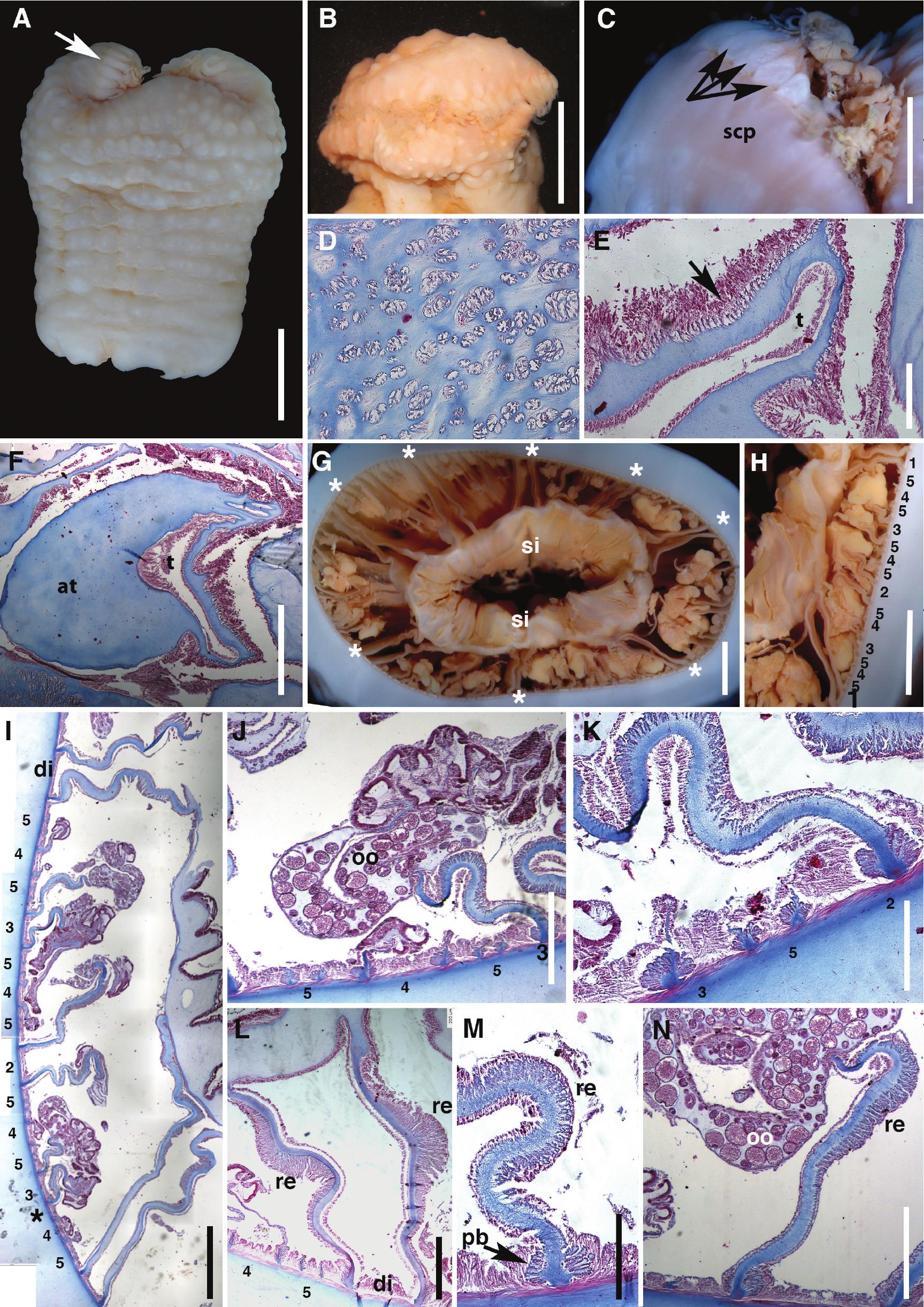
Brazil has the longest coastline in South America with more than 7491 km of hydrologically and topologically complex continental margin. Despite its extensive coast, the sea anemone fauna of the country is sparsely known with only 54 species recorded. Difficulties of accessing Brazil's highly diversified coast and the historical small number of dredging expeditions and sea anemone taxonomists have contributed to the limited knowledge of its sea anemone diversity particularly in deep waters. Most species recorded from Brazil correspond to large, conspicuous intertidal species and only five species have been recorded from depths greater than 200 m: two small burrowing edwardsiids and three hormathiids from the southern coast of Brazil. Here, we provide complete descriptions, images of external and internal anatomy, microanatomy, cnidae, and geographic distribution for 10 species, six off the coast of Brazil and four from the southern portion of the Mid-Atlantic Ridge, one of which is also present in the Southern Ocean. Four of the six species found in Brazil represent new records of geographically widespread species for the country and the remaining two endemic species have their geographic and bathymetric ranges significantly extended northward. As a result, the number of species known for the Brazilian coast is raised to 63 species, 14 of which are known from the deep sea. We also recorded four deep-sea species in the south Mid-Atlantic Ridge (SMAR), including Actinernus mercedae, sp. nov., and two new records for the South Atlantic. We found that the deep-sea fauna of Brazil shares two deep-sea species with Argentina and two with the North Atlantic. Thus, La Plata River acts as a filter for shallow water species between Brazil and Argentina but is less effective for deep-sea anemones. The diversity of sea anemones recorded for SMAR shows similarities to the southwestern Atlantic and Southern Ocean. Finally, our finding of representatives of Bolocera in the SMAR and Actinoscyphia off the Brazilian coast suggests that they are bipolar genera with tropical emergence.
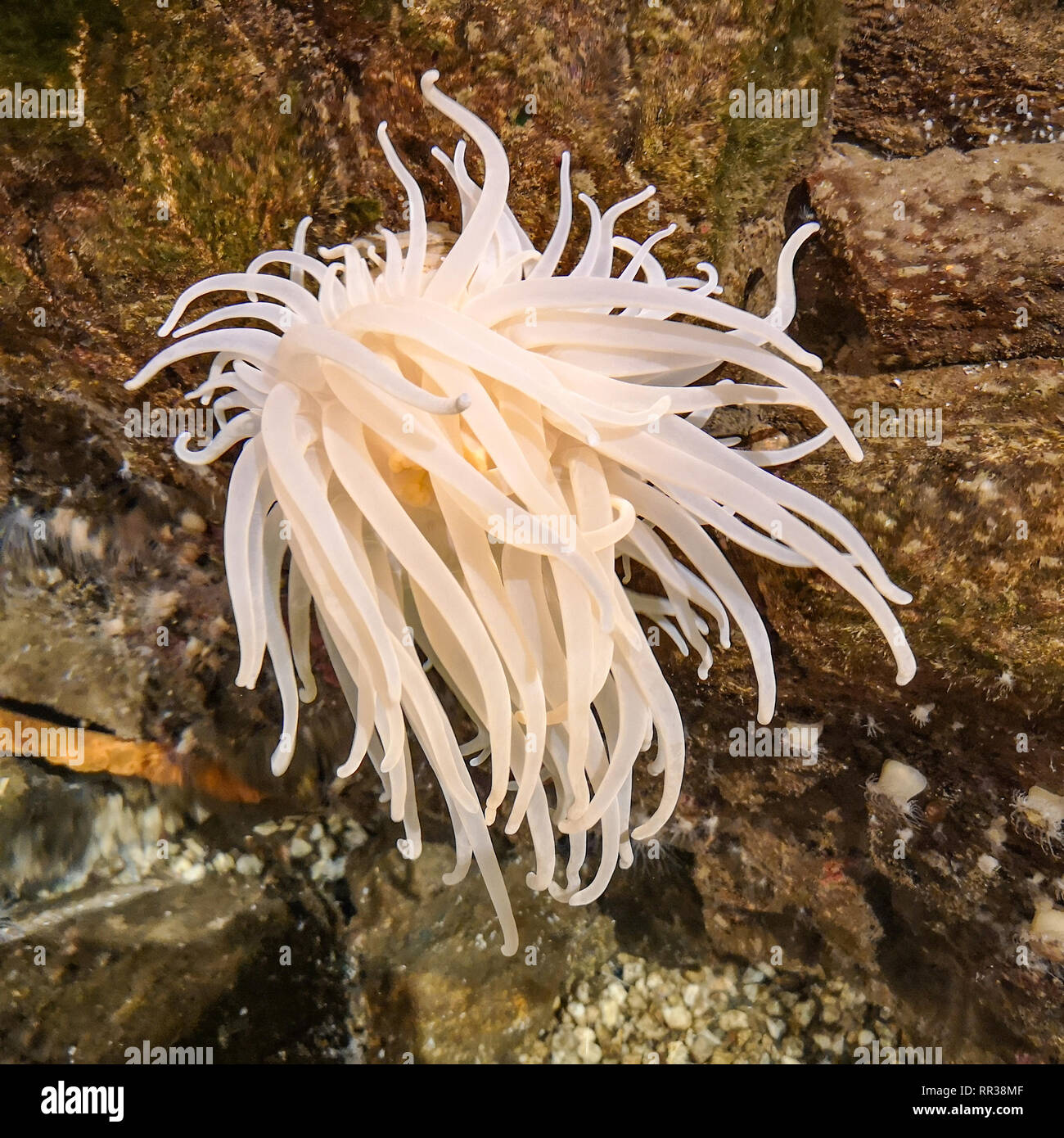
Actiniaria anthozoa hexacorallia hi-res stock photography and

Anthozoans are solitary or colonial polyps that lack a medusa
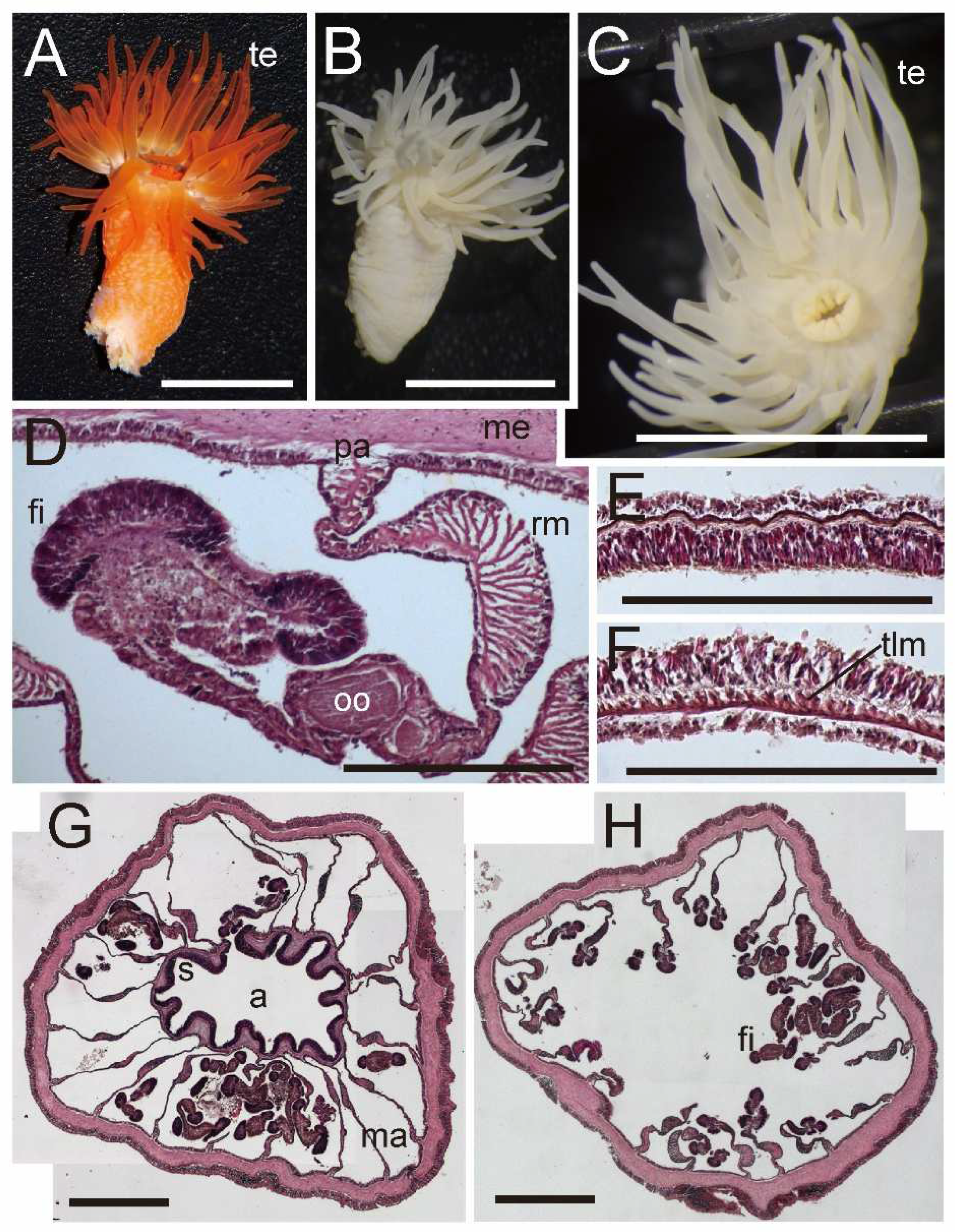
Diversity, Free Full-Text

PDF] Shallow water Actiniaria and Corallimorpharia (Cnidaria
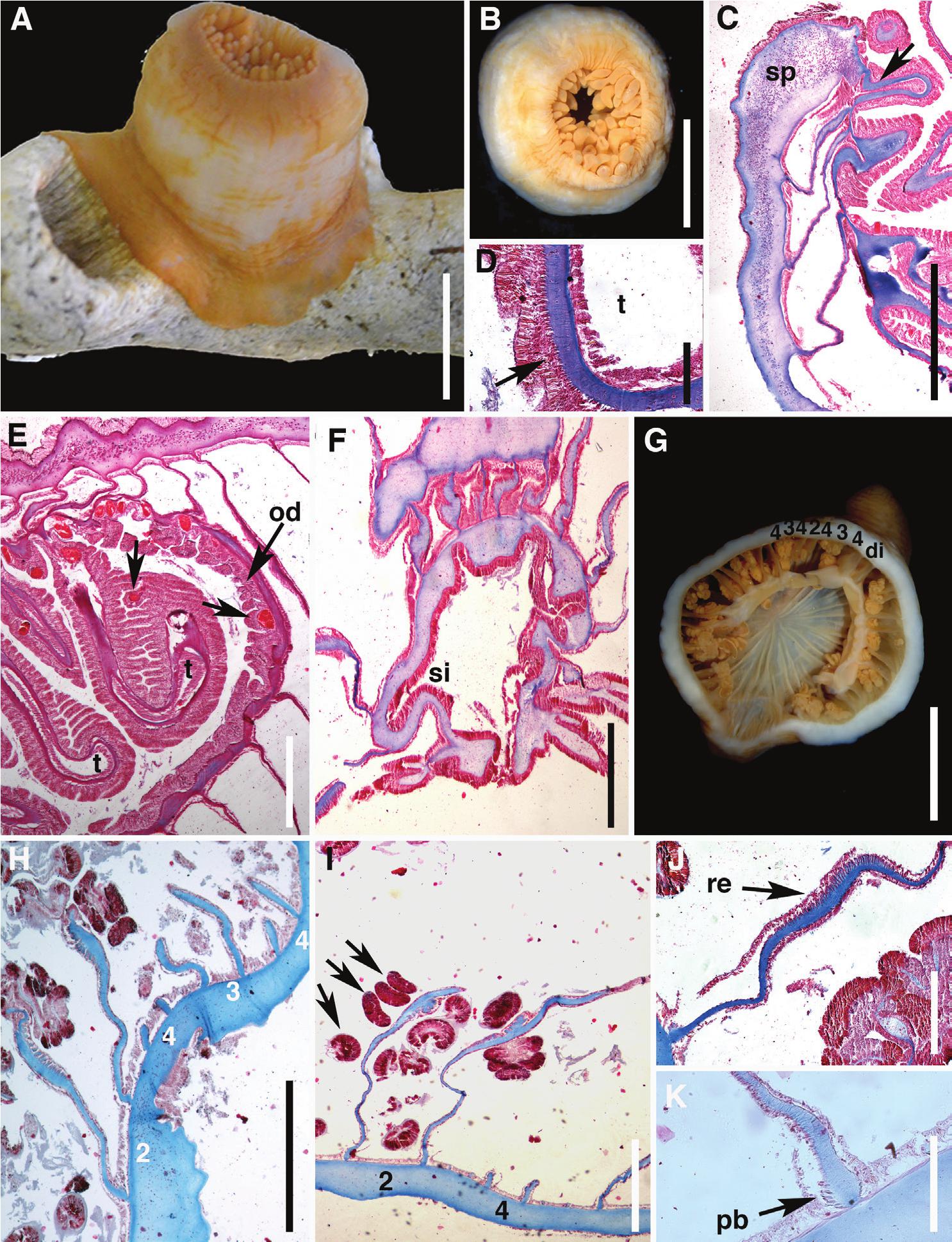
Deep-Sea Anemones (Cnidaria: Anthozoa: Actiniaria) from the South
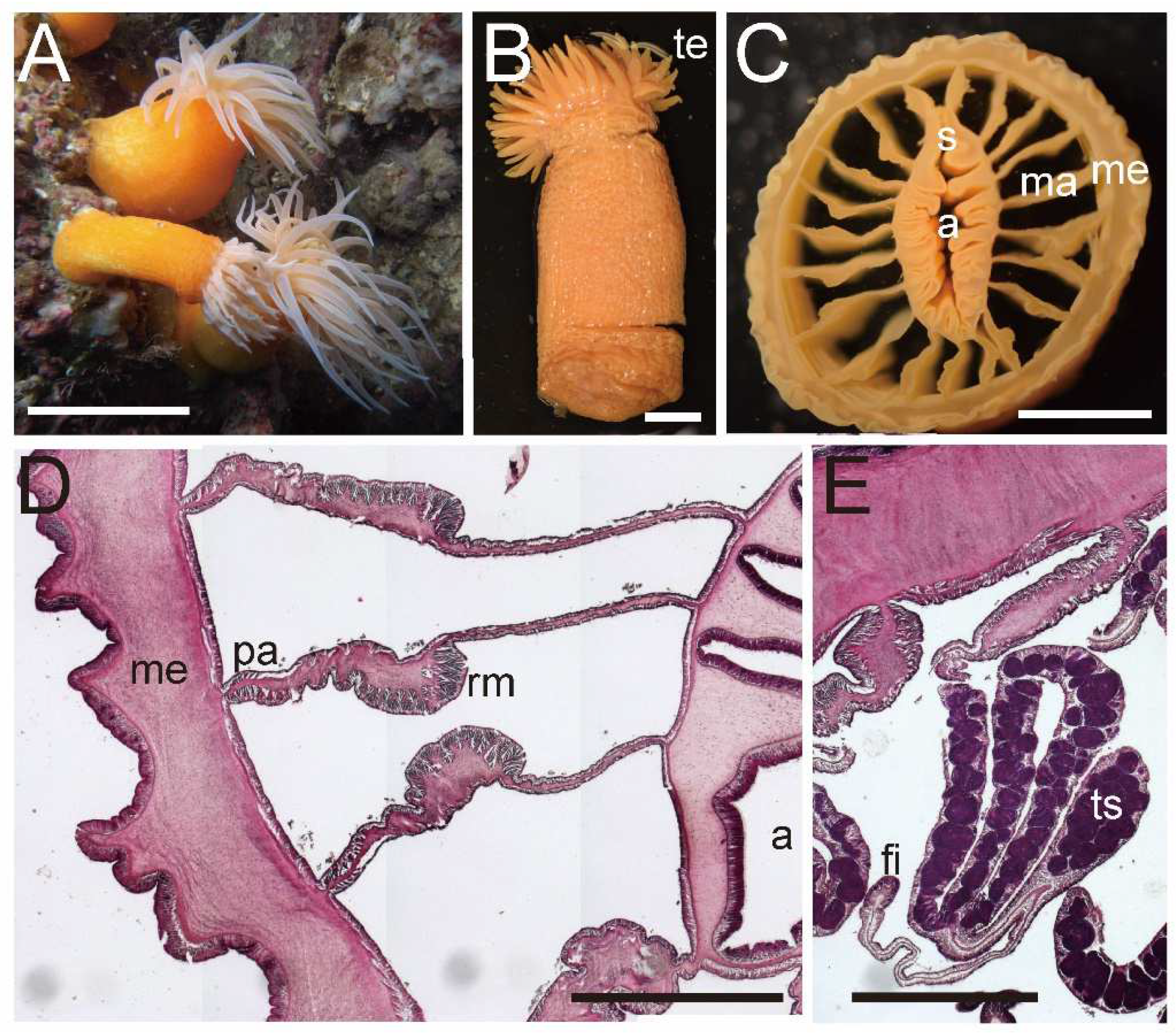
Diversity, Free Full-Text

Toxins, Free Full-Text

Sea Anemone PACIFIC RAYA

Sea anemone - Wikipedia

On the food of the Antarctic sea anemone Urticinopsis antarctica

Class Anthozoa

PDF] A new species of sea anemone from the Chilean fjord region

Biodiversity and distribution of sea anemones (Cnidaria, Anthozoa
Recomendado para você
-
 SWITCHBLADE Skull-T – Nomad Cigars11 abril 2025
SWITCHBLADE Skull-T – Nomad Cigars11 abril 2025 -
 SCP-6665 - SCP Foundation11 abril 2025
SCP-6665 - SCP Foundation11 abril 2025 -
 Nintendo 3DS LL XL Dragon Quest Monsters Terry's Wonderland 3D Limited NTSC-J JP11 abril 2025
Nintendo 3DS LL XL Dragon Quest Monsters Terry's Wonderland 3D Limited NTSC-J JP11 abril 2025 -
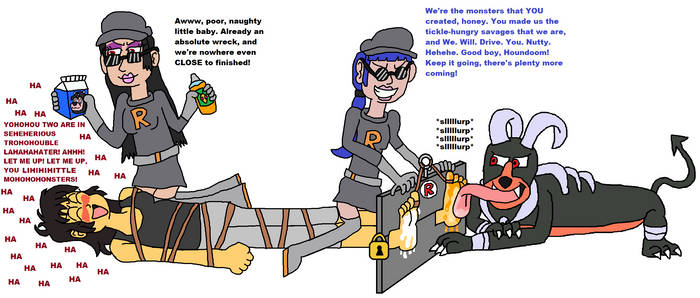 DStoryteller User Profile11 abril 2025
DStoryteller User Profile11 abril 2025 -
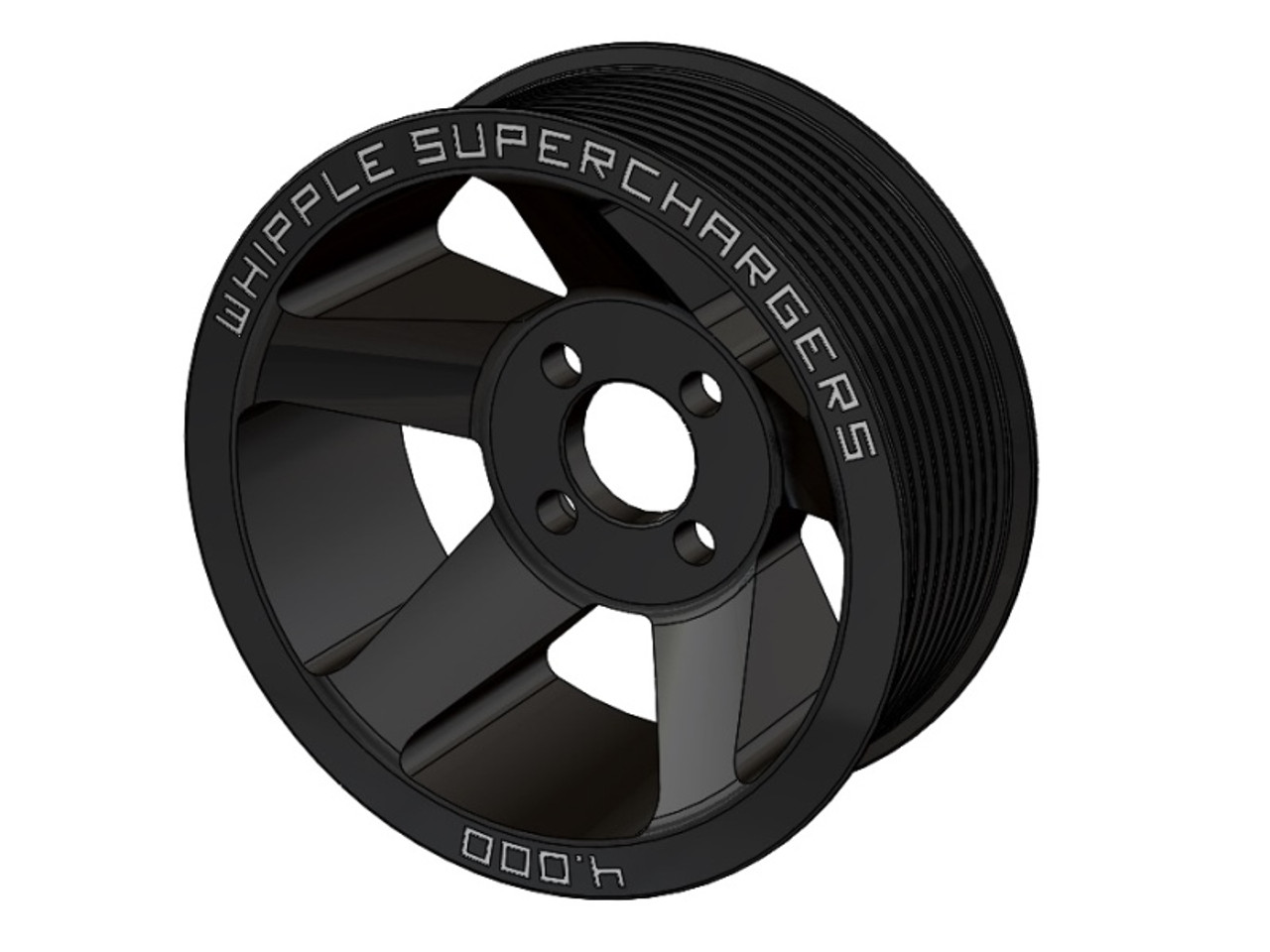 Whipple 8 Rib Supercharger Pulley (17-18 Camaro ZL1/16-18 CTSV LT411 abril 2025
Whipple 8 Rib Supercharger Pulley (17-18 Camaro ZL1/16-18 CTSV LT411 abril 2025 -
 Some random red, white, blue, black and silver madness from a few11 abril 2025
Some random red, white, blue, black and silver madness from a few11 abril 2025 -
 61776 Division St, Joshua Tree, CA 9225211 abril 2025
61776 Division St, Joshua Tree, CA 9225211 abril 2025 -
Rhonda Hawkins - Claims Coordinator - Atmos Energy11 abril 2025
-
 fig. 1.3 national greening program (ngp) - area planted: 201111 abril 2025
fig. 1.3 national greening program (ngp) - area planted: 201111 abril 2025 -
 SCP-6664 4 - SCP Foundation11 abril 2025
SCP-6664 4 - SCP Foundation11 abril 2025
você pode gostar
-
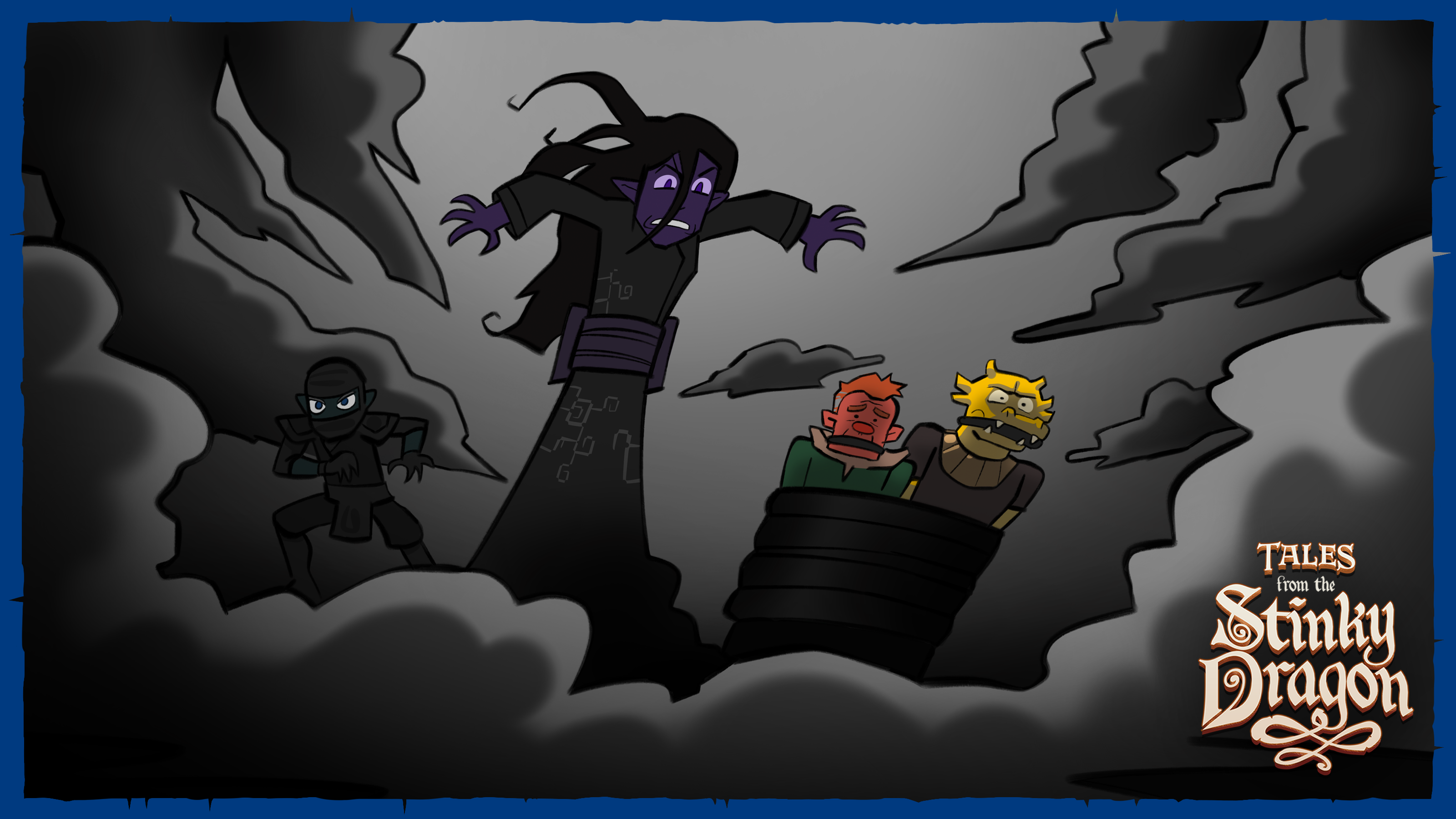 The Quarterling Vs. The Shaddo Queen - Ep. 78 - Rooster Teeth11 abril 2025
The Quarterling Vs. The Shaddo Queen - Ep. 78 - Rooster Teeth11 abril 2025 -
 Jogo da memória 9 pares lembrancinha brinquedos de menino11 abril 2025
Jogo da memória 9 pares lembrancinha brinquedos de menino11 abril 2025 -
 Tower of Fantasy: Tier List of November - the Best Characters11 abril 2025
Tower of Fantasy: Tier List of November - the Best Characters11 abril 2025 -
 Antiquissimo e original jogo de Bocha alemão em madeira11 abril 2025
Antiquissimo e original jogo de Bocha alemão em madeira11 abril 2025 -
 Figurinha Da Copa Neymar Jr Legend Bronze Original Panini em11 abril 2025
Figurinha Da Copa Neymar Jr Legend Bronze Original Panini em11 abril 2025 -
 adidas Atlanta United FC 2022-23 Men's Away Authentic Match Jersey11 abril 2025
adidas Atlanta United FC 2022-23 Men's Away Authentic Match Jersey11 abril 2025 -
 British Metal Chess Pieces With Ceramic Chess Board On Handmade Wood, Chess Set11 abril 2025
British Metal Chess Pieces With Ceramic Chess Board On Handmade Wood, Chess Set11 abril 2025 -
 Plush - Bananas - Bunch 1 (A - F) by Tiny Tus – The Handmade Showroom11 abril 2025
Plush - Bananas - Bunch 1 (A - F) by Tiny Tus – The Handmade Showroom11 abril 2025 -
 Van de Velde – Fábrica de Móveis Para Salão de Beleza e Barbearias11 abril 2025
Van de Velde – Fábrica de Móveis Para Salão de Beleza e Barbearias11 abril 2025 -
 Roblox Anime Fighters Codes: Free Boost And Rewards in 202311 abril 2025
Roblox Anime Fighters Codes: Free Boost And Rewards in 202311 abril 2025
